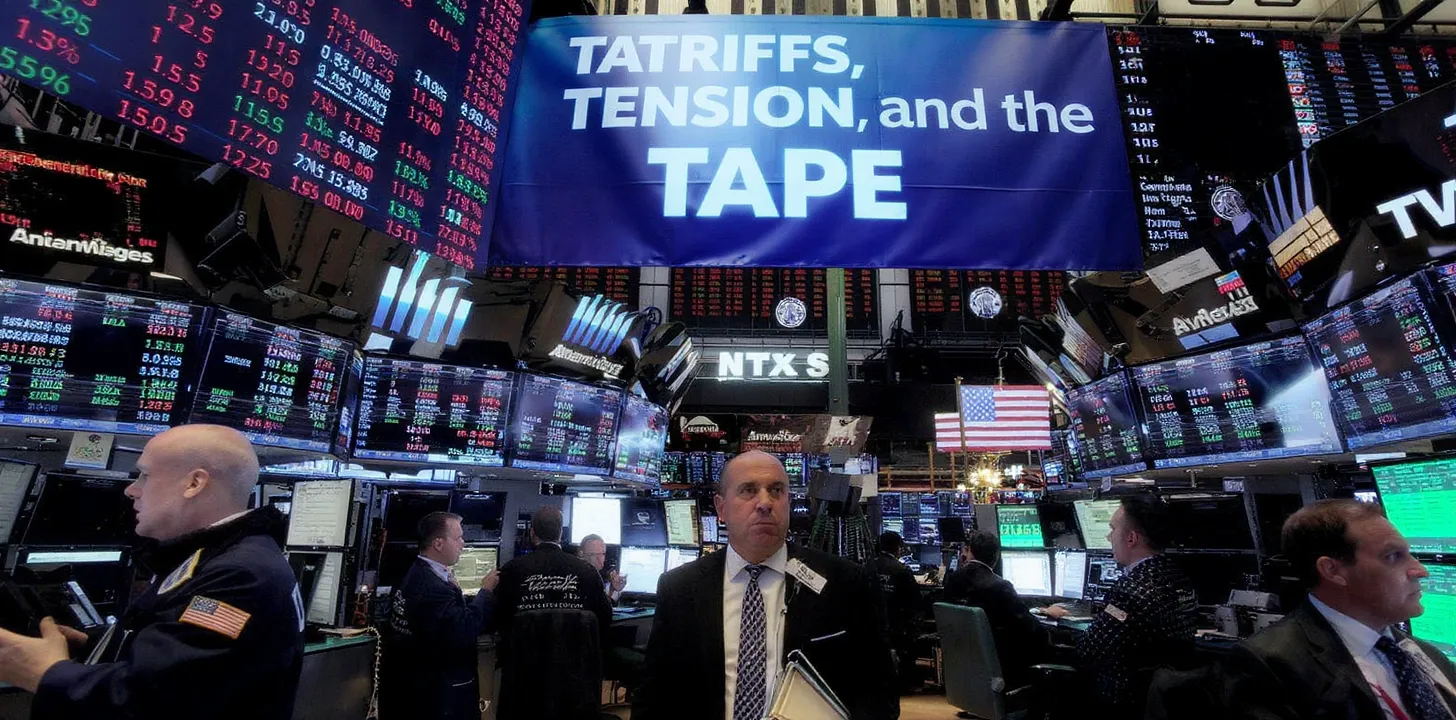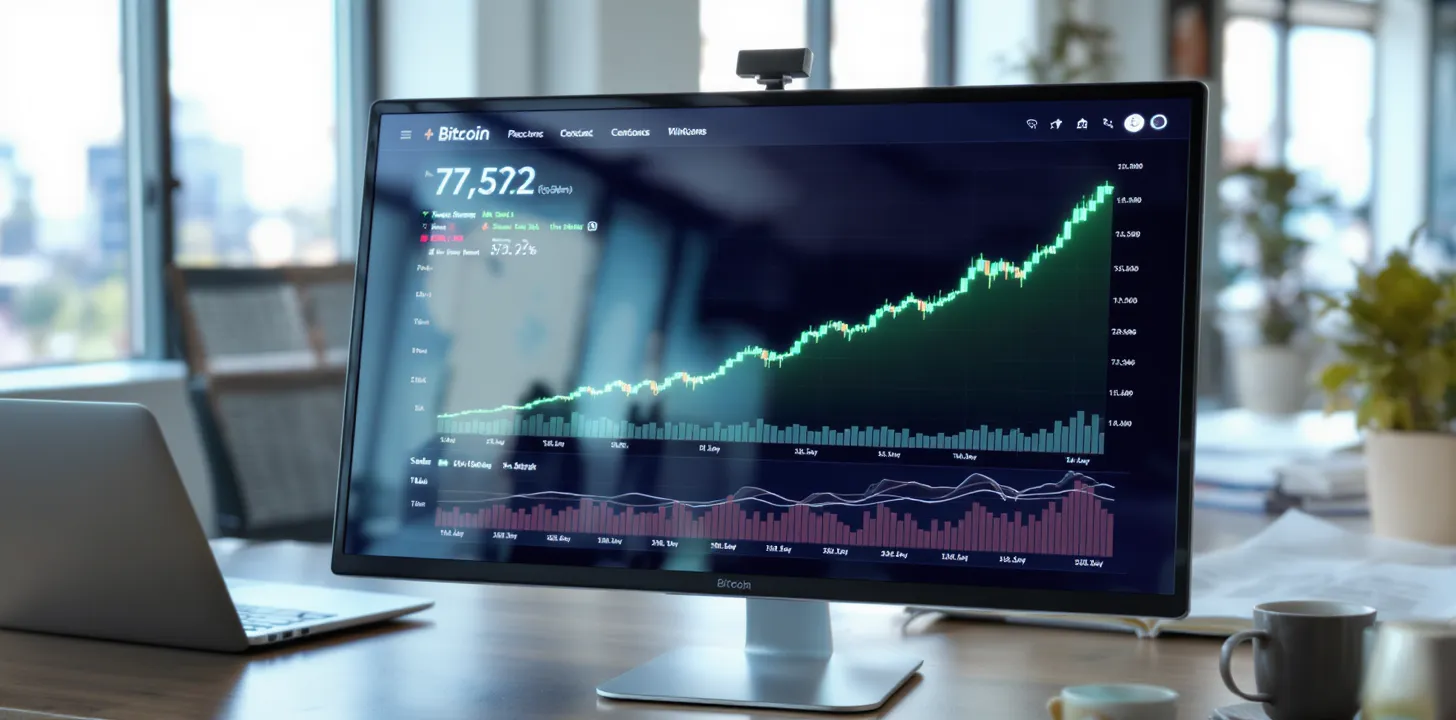Decoding Crypto Volatility: A Derivatives-First Lens
Introduction
Price swings are the lifeblood of the digital-asset market. For a portfolio manager, how volatile an asset is matters as much as where it is headed. Traditional measures like historical standard deviation still work, but crypto’s 24-hour microstructure, derivative depth, and on-chain transparency add whole new dimensions. This article builds a structured framework—starting with “ground-truth” realised volatility and layering in derivatives, funding mechanics, and liquidity—so you can read the volatility landscape the way a quantitative desk would.
1. Ground Truth—Realised Volatility
Realised (or historical) volatility is the statistical bedrock. At its simplest it is the annualised standard deviation of log-returns, yet practitioners rarely stop there. High–low estimators such as Parkinson or Garman-Klass squeeze extra information from intraday ranges, yielding tighter confidence intervals at the cost of more data handling. Glassnode’s Week-On-Chain update in early March 2025 showed 30-day realised volatility for BTC spiking from 42 % to 78 % in a single fortnight, highlighting how quickly baseline risk can re-price in the current cycle.
2. Implied Volatility—Reading the Option Surface
While realised volatility is backward-looking, implied volatility (IV) is a consensus forecast embedded in option prices. The Deribit DVOL Index packages the entire volatility smile for all liquid expiries into a single 30-day, annualised IV number—think of it as crypto’s VIX. Bloomberg’s BitVol and EthVol indices serve a similar purpose and are increasingly referenced by ETF providers.
Beyond level, shape matters. A 25-delta risk-reversal (IV of a 25-delta call minus a put) quantifies skew. For Bitcoin, the skew flips from long-put to long-call when speculative appetite dominates; CME’s CVOL methodology offers a robust implementation. Watching the interaction between DVOL level and 25-delta skew often signals whether the next large move is a tail-risk flush or a melt-up.
3. Volatility Risk Premium—IV vs. RV
Subtracting realised volatility from implied gives the volatility risk premium (VRP). A positive VRP (IV > RV) signals that the options market demands compensation for uncertainty—ripe hunting grounds for short-vol traders using straddles or calendar spreads. When RV races ahead of IV, the premium flips, warning that panic has already been priced and short gamma may blow up.
4. Futures & Perpetuals—Funding, Basis and Open Interest
Perpetual swaps dominate crypto volumes and—unlike dated futures—anchor around the spot price via an 8-hour funding rate. Academic work out of Cornell (2024) demonstrates that extreme positive funding precedes volatility spikes as punters chase directional momentum with leverage. Pair the funding rate with open-interest-to-market-cap (OI/MC); a high OI/MC reveals crowded leverage, making liquidations more violent when price whips.
The term-basis on dated futures tells a different story. A steeply positive annualised basis (>15 %) implies risk-on carry trades and usually dampens spot volatility. An inverted basis says fear—and an impending volatility expansion—has already entered the curve.
5. Microstructure Stress—Depth, Spread and Slippage
Liquidity governs how realised volatility expresses itself. A 0.30 % average bid-ask spread on BTC at $80 k may look tight, but if top-of-book depth is only 15 BTC the market can gap on a single $1 m order. Tracking dollar depth at 10 bps or cost-to-trade $5 m provides early warning of volatility amplification, especially during Asia-Pacific off-hours when Western market-makers are asleep.
6. Building a Multi-Metric Dashboard
| Tier | Metric | Interpretation | Actionable Use |
|---|---|---|---|
| 1 | 30-day RV, Parkinson RV | Baseline risk | Position sizing |
| 2 | DVOL, 25-delta skew | Market expectation | Options structure |
| 3 | VRP (IV–RV) | Risk-premium sign | Short vs. long vol |
| 4 | Funding rate, OI/MC | Leverage stress | Liquidation watch |
| 5 | Depth, Spread | Liquidity shock | Execution tactics |
Feed the time-series into a multivariate EGARCH-X or HAR-RV model and you capture clustering, leverage, and volume-driven shocks in one coherent volatility forecast.
Conclusion
Crypto volatility is no single number; it is a living mosaic. Realised metrics anchor the past, implied metrics crystalise crowd expectations, and derivative funding plus liquidity conditions connect the two. By monitoring this stack in real time, a trader can anticipate—not just react to—volatility events, transforming chaos into calculated opportunity.



